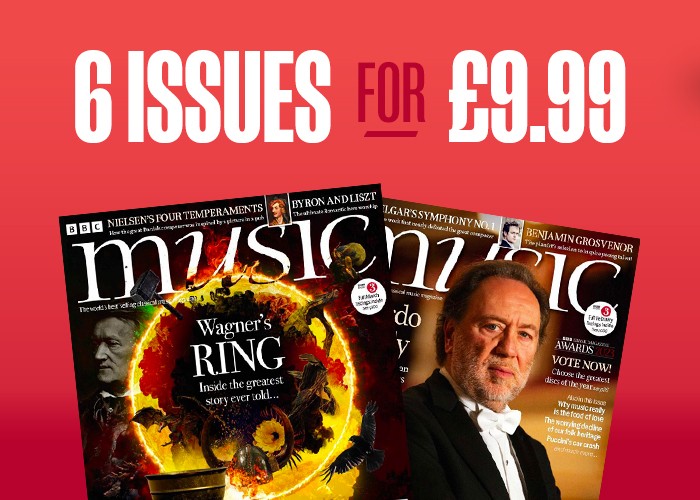10 most popular nursery rhymes
Our guide to the most popular nursery rhymes

We all grow up singing nursery rhymes. They help to introduce us to language, they support reading skills, in many cases they give children their first taste of music. But which are our favourites? And what is their backstory? Here is our guide to 10 of the most popular nursery rhymes of all time.
10 most popular nursery rhymes ever
Twinkle Twinkle Little Star
Despite its enduring popularity, Twinkle Twinkle Little Star was written relatively recently - at least by the standards of most nursery rhymes.
The lyrics are from an early 19th century poem by Jane Saylor called ‘The Star’. Meanwhile the tune was taken from the French song ‘Ah! vous dirai-je, maman,’ which first appeared in 1761 and, some twenty years later, caught the attention of a certain Wolfgang Amadeus Mozart, who wrote a set of twelve variations on it when he was around 12 years old.
Baa Baa Black Sheep
This song, whose earliest printed version dates from around 1744, is thought to be about the medieval wool trade in 13th-century England. Specifically, it is believed to reference the public’s sense of resentment towards the medieval English 'Great' wool tax of 1275, which was used by King Edward I to fund the Crusades.
Under this tax rule, any profit made on a sack of wool was divided into three, a third going to the king, another to the Church, and the final third to the farmer.
In the lyrics we all know, there is a happy ending to the story, with ‘the little boy who lives down the lane’ (thought to represent a shepherd boy) getting a third of the profits. However, until the late 16th century, the lyrics read: ‘And none for the little boy who cries down the lane’. In other words, the little shepherd boy received nothing for his work because the profits had all been funnelled elsewhere.
Little Miss Muffet
Nobody is quite sure where the nursery rhyme Little Miss Muffet comes from. Its earliest recorded version dates from 1805, but many believe it to be much older, given its similarity to rhymes such as ‘Little Jack Horner’, which dates at least as far back as 1720.
And who exactly is the song's arachnophobic young heroine? Some say it’s the daughter of Dr Thomas Muffet, an English physician and entomologist who published the first academic list of British insects between 1553 and 1604. Others think she represents Mary Queen of Scots, while the spider is John Knox - the Scottish priest who openly preached against her and forcefully argued that she was a danger to the Protestant cause.
Old MacDonald Had a Farm
The earliest known version of this song is ‘In the Fields in Frost and Snow’, which appeared in Thomas d’Urey’s 1706 opera, ‘The Kingdom of the Birds or Wonders of the Sung.’ In rhythm and content, it is much like the version we all know, profiling a different animal from verse to verse. Unlike its cheery modern day counterpart, however, it is in a minor key.
More like this
The Grand old Duke of York
This song, dating at least as far back as the 1600s, is thought to reference Richard, Duke of York (1411-1460) and his designs on the English throne. While attempting to wrest power from the Lancastrian Henry VI, his army was outnumbered by Lancastrian forces. Undeterred, Richard fought on but was killed in the ensuing battle, along with much of his army.
Pop Goes the Weasel
As early as 1856 a correspondent to the Morning Post wrote of ‘Pop Goes the Weasel’: ‘Sir, For many months, everybody has been bored to death with the eternal grinding of this ditty on the street.’ They might have been dismayed to learn that, nearly 200 years later, the song remains a classic.
Yet, nobody is quite sure what it is about. Some say the ‘weasel' is a tailor’s spinning wheel, others have interpreted the title as slang for pawning one’s possessions, (‘pop’ meaning pawning, and ‘weasel’ being slang for anything of value that was pawnable.) There have been suggestions that the phrase was intended to be erotic or ribald. Or it might be referring to an actual weasel.
Luckily the tune - taken from a Scottish country dance called ‘The Haymakers’ - is a little more straightforward. Fact: The ‘Eagle’ of the second verse is a real place: namely the famous Eagle pub on City Road. You won’t find tuppenny rice on the menu, but they’ll do you a sharer plate of Nachos for £11.50.
Incy Wincey Spider
The origin of this song (sometimes known as ‘Itsy Bitsy Spider’) are unclear, and there are a few theories about its meaning, with some arguing that the spider symbolises the struggles of the working classes. But what is clear is its popularity: in the preschoolers' hall of fame, it’s a smash hit, which is why it has been covered by everyone from The Simpsons to Nicole Kidman to the Danish-Norwegian pop band Aqua.
Sing a Song of Sixpence
As with a few songs on this list, we don't have the foggiest idea where this one came from. There is an implied reference in Shakespeare's Twelfth Night (c. 1602), where Sir Toby Belch tells a clown: 'Come on; there is sixpence for you: let's have a song' and - more obviously - in Beaumont and Fletcher's 1614 play Bonduca, which contains the line 'Whoa, here's a stir now! Sing a song o' sixpence!' One thing we do know is that an alternate, 1744, version of the song's second line read: 'four and twenty naughty boys baked in a pie.'
Pat a Cake
First recorded in Thomas d'Urfey's 1698 play The Campaigners, this is one of the oldest surviving English nursery rhymes. Although it's not certain, the reference to cake-marking may refer to a time when households without an oven could take their item to a local baker and pay to have their items finished for a small fee. The pastries would have been marked to ensure that they were returned to the right owner.
Old Mother Hubbard
Who exactly was Old Mother Hubbard? Some argue that she represents Cardinal Thomas Wolsey, while the bone represents his unsuccessful attempt to get an annulment for King Henry VIII's marriage to Catherine of Aragon. Others say she was Miss Sarah Catherine Martin, the retired housekeeper who wrote and illustrated the first published version of the rhyme in 1804.
Whether or not the rhyme is actually autobiographical is unclear. Either way, Old Mother Hubbard was an instant hit, inspiring a whole series of books and memorabilia, as well as a Christmas pantomime. A comic sketch published in 1818 has a character exclaim: 'Is it not ridiculous for us grown people to be going to see Mother Goose, Tom Thumb, Old Mother Hubbard, and suchlike infantile fooleries; or to misspend our time at pantomimes and at rope dancings?' Old Mother Hubbard remains an institution.
Authors
Hannah Nepilova is a regular contributor to BBC Music Magazine. She has also written for The Financial Times, The Times, The Strad, Gramophone, Opera Now, Opera, the BBC Proms and the Philharmonia, and runs The Cusp, an online magazine exploring the boundaries between art forms. Born to Czech parents, she has a strong interest in Czech music and culture.





